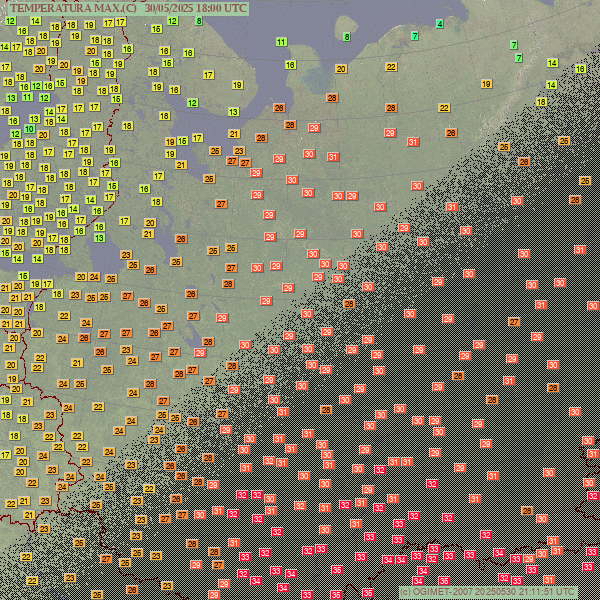
In late May 2025, European Russia experienced an extraordinary heatwave, with temperatures soaring to +31°C near the Arctic Circle—a region typically characterized by much cooler conditions during this time of year. This unprecedented warmth not only shattered local temperature records but also underscored the accelerating impacts of climate change in high-latitude regions.
Record-Breaking Temperatures in Siberia and European Russia
🔥 +39.3°C in Uglovskoye, Altai Krai (Asian Russia)
On May 18, 2025, the town of Uglovskoye, located in Altai Krai (approximately 51.3°N latitude), recorded a staggering temperature of +39.3°C. This temperature set a new May record for Asian Russia and was just 0.4°C below the all-time national May record. Such extreme heat in a region typically known for its cooler climate underscores the intensifying effects of global warming.
🔥 +31°C Near the Arctic Circle (European Russia)
Simultaneously, areas near the Arctic Circle in European Russia experienced temperatures soaring to +31°C. High temperatures in these high-latitude regions are exceptionally rare and highlight the rapid warming occurring in the Arctic.
Climatic Factors Contributing to the Heatwave
Several climatic factors contributed to this unusual heat event. The Arctic region is warming at a rate more than three times the global average, a phenomenon known as Arctic amplification. This accelerated warming is attributed to feedback mechanisms such as the loss of sea ice, which reduces the Earth’s albedo and allows more solar energy to be absorbed by the ocean.
Furthermore, the spring of 2025 was characterized by a weaker-than-usual Siberian High—a semi-permanent high-pressure system that typically brings cold, dry air to the region. The diminished strength of this system allowed for the incursion of warmer air masses from the south, contributing to the elevated temperatures observed in European Russia.
Implications and Outlook
The occurrence of such extreme temperatures in the Arctic Circle has significant implications for both the local environment and global climate systems. Permafrost thawing, accelerated glacial melt, and increased wildfire risk are among the immediate concerns. Additionally, these events can disrupt local ecosystems and pose challenges to indigenous communities and wildlife adapted to colder climates.
Looking ahead, forecasts suggest a return to more typical temperatures for the region in early June, with highs ranging from 5°C to 20°C in areas like Murmansk. However, the broader trend indicates a continued increase in the frequency and intensity of heatwaves in high-latitude regions, emphasizing the urgency of addressing global climate change.


























